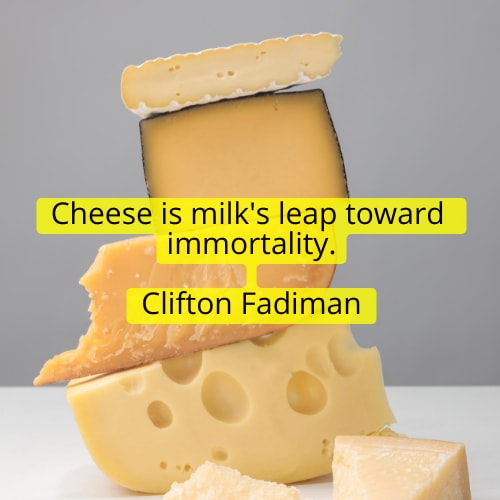Here’s The Tale Of A Swiss Cheese
Raclette is a Swiss dish long savored by inhabitants of France, Switzerland, and Germany. The word raclette means “scrape” and may be used to describe one of three things: the melting cheese used to make the dish, the technique of melting the cheese over food, or the dish itself. The concoction is a popular après-ski (a post-ski meal) and winter meal, served throughout the day. Raclette is one of the most Instagrammed foods in the world today, with thousands of restaurants across the US, UK, and Europe serving the dish in various forms. In this article, we will explore the origins of the Swiss round and how it gained the cult following it has today.
The exact origins of the preparation are unknown; that said, the earliest mentions of the dish date back to 13th-century medieval texts that were penned by Swiss monks. It wasn’t until a few hundred years later, in the latter half of the 16th century, that the dish became popular, starting out as a farmer’s meal. Farmers would herd their cattle up the Swiss Alps from pasture to pasture, carrying rounds of cheese with them. The farmers consumed the cheese when they stopped to rest, using the campfire to melt the rounds before scraping generous portions onto scraps of bread. This tradition of transhumance continues to be prevalent in Switzerland today.
Read More: What You Should Not Miss About Swiss Cheese
Fast forward to the present day, when restaurants use special apparatus to melt and serve the rounds. The most popular of the lot is the raclonette, a contraption that consists of a holder for the cheese and a heating element above it, with the holder designed to pivot in order to tip the cheese onto the plate. The machine is fairly portable, since the dish is usually prepared and served on the customer’s table. Raclette grills that are used at home have a far simpler design: a small tray with a handle that rests above a heating element or a candle. There are no set rules as to what cheese may be used or how it is…
..


